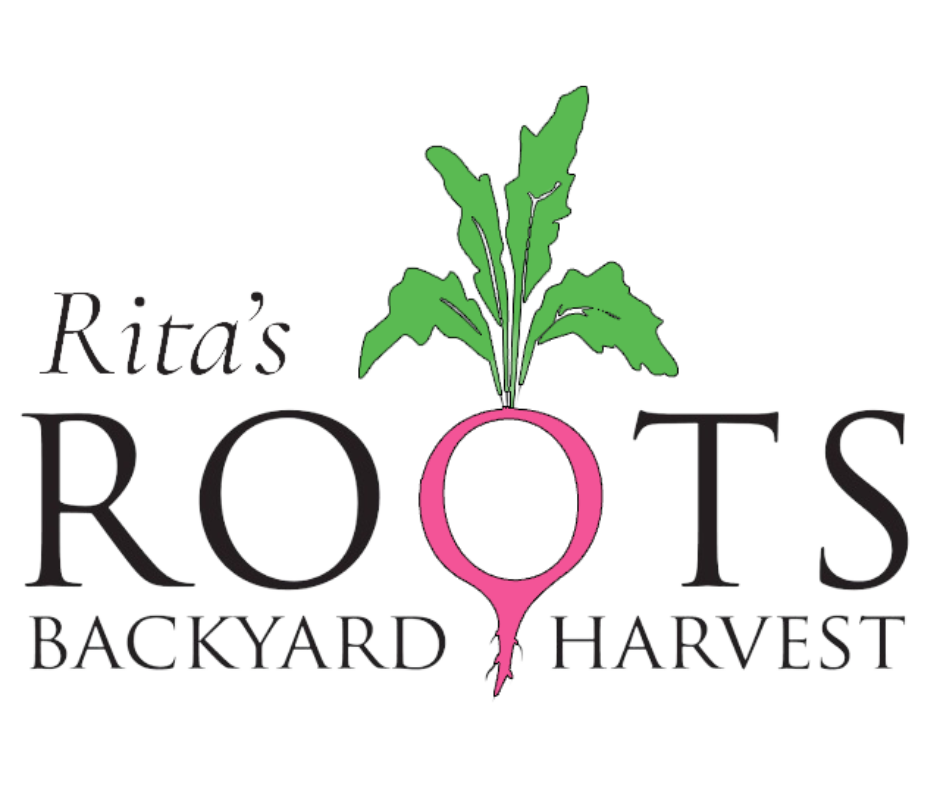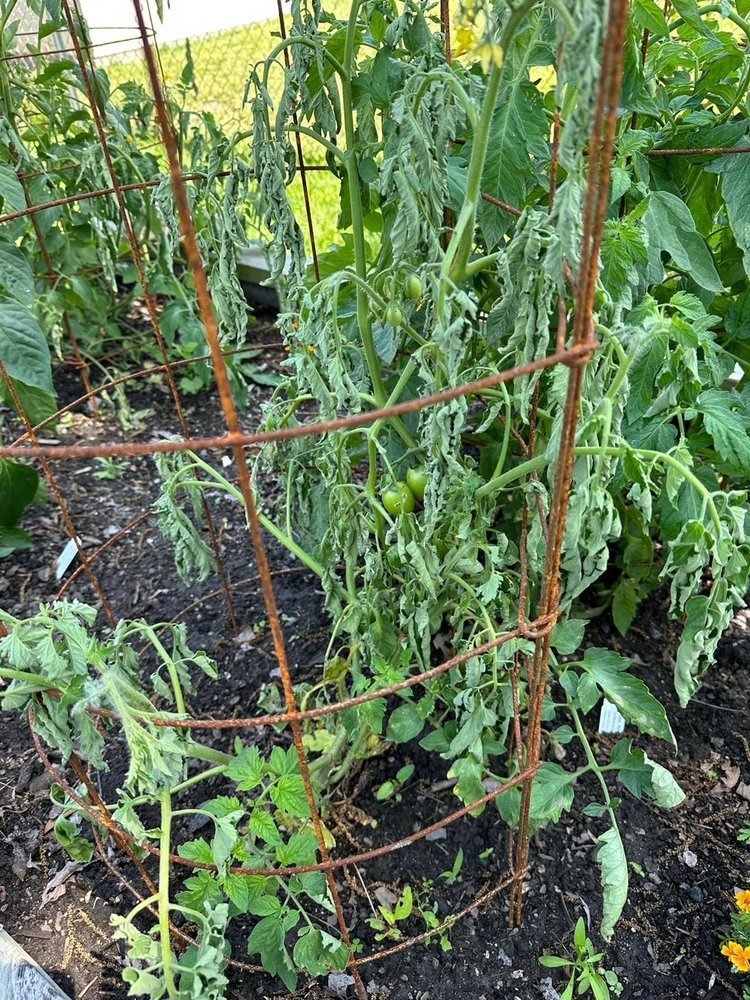Summer’s Top Gardening Challenges, Solved!
The heat is ON! The summer is coming for us in the Charleston area and now’s the time to start planning ahead for dryer days and higher temps.
Yes, this time of year can put plants under stress (humidity and pests, we’re looking at you!) but being proactive goes a long way to keeping your garden thriving, even in the heat.
Below are your greatest Lowcountry summer gardening challenges —from blossom end rot to dry soil beds— plus their solutions!
Be Proactive in Your Summer Garden:
The Importance of Adequate Watering and Preventative Fungicide Application
One of the biggest favors you can do yourself is preventing problems in the garden, versus waiting to treat them. Two of the biggest challenges during summertime in Charleston is heat and pests. Here’s what we recommend to save your sanity:
☀️ Conserve Soil Moisture: be sure to mulch your garden with soil conditioner, compost, leaves, or other chemical-free organic matter.
We stay away from hardwood mulch (they can make your soil more alkaline as they breakdown) and colored mulches (the dye leaches into the soil which can kill beneficial bacteria, earth worms, etc.)
You can even used raked leaves (keep an eye out and we guarantee you’ll still find bags of these on the side of the road!!)
☀️ Begin Preventative Organic Fungicide Applications: We focus our spraying efforts on tomatoes, cucumbers, squash, basil, and potatoes - the most susceptible crops in the garden.
An application every two weeks should suffice
Ideally, you should alternate fungicides to prevent resistance, but one will suit too. Our go to’s are: Thyme Guard, Neem, Serenade, Regalia and Copper. Be sure to read the instructions and dosage rates on the bottle (most can be purchased from Arbico Organics)
Top Three Summer Gardening Challenges, Solved!
Things sometimes get away from us —yep, it happens to even the most seasoned gardeners— and there are three culprits that are especially common in summer gardens: blossom end rot, bacterial wilt, and squash vine borers.
If you’re dealing with any of these issues, don’t fret! Below is everything you need to know to set these problems straight.
1. Blossom End Rot (BER)
Blossom end rot appears on your tomato as a flat, blackened ring on the bottom or blossom end of the tomato fruit. Its presence causes the tomato to turn to its ripe color, even through the size can be small.
BER is caused by one of two things: either insufficient calcium in the soil -or- irregular watering. On our end, we know that chances are most likely that irregular watering is the cause in our gardens since we amend with compost and use All Purpose Organic Fertilizer each season when planting which are both high in Calcium.
Tomatoes are talented at weathering drought conditions, which can lead to under watering when the fruit is setting.
Be sure to water your tomato plants deeply approximately every other or every day to avoid BER. As always, check the soil moisture first before watering especially if we have had rainy or cloudy conditions.
We also want to avoid over watering which can be defined as watering when the soil is still wet from the previous watering. Over watering can contribute to the next problem listed below! Luckily BER is a condition that we can remedy with adjusted cultural practices.
2. Bacterial Wilt on Tomatoes
The tomato bacterial wilt presents itself at the very top of the plant first.
The freshly grown top and tips of the plant look like they are wilting due to lack of watering which naturally causes the gardener to water to fix the problem. Here is a perfect example of a time when checking the soil moisture can tell you if the problem is under watering or a wilt.
If the soil is still wet, and the tops are wilting, you likely have bacterial wilt. The bacteria can live in the soil from year to year, which is why we emphasize the need to rotate your plant families. If you see a plant wilting due to disease and not underwatering, remove the plant from your garden and seal in a garbage bag to dispose.
DO NOT COMPOST any tomato debris EVER as any tomato disease can persist in your compost. Sadly there is nothing that can be done to remedy these diseases. Be sure to note if you had a bacterial wilt issue in your garden and avoid that area for tomatoes in the future. Grafted tomatoes can also provide resistance to the wilts.
3. Squash Vine Borer
Similar to the tomato wilt, the first noticeable symptom starts out as wilted leaves. The instinctual reaction is to water more, but a closer look should be taken.
The vine borer begins its presence in our garden as a black and red moth that travels alone. It lays an egg at the base of the squash plant. When the egg hatches, the white larvae bores into the stem and begins its feast of eating the interior of the stems. The eventual result is complete wilt and death.
You can catch the larvae in action, slice open the stem vertically and remove the grub. The plant can recover if it had not yet wilted. Once wilted (as in the photo below) the plant must be removed and destroyed, plastic bagged to prevent any grubs from completing their life cycle 😣



